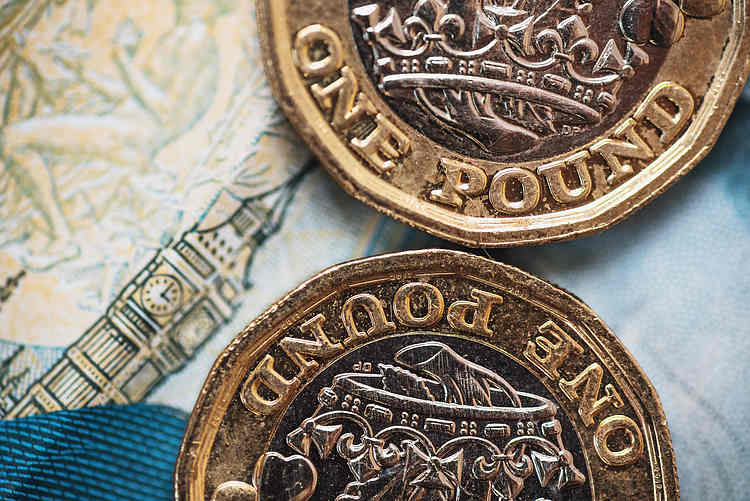The Pound Sterling has shown a robust rebound against the US Dollar recently, correcting after a rally on Wednesday. Despite this, the US Dollar is likely to remain well-supported due to President Trump’s victory in the US presidential election. Investors are eagerly awaiting the monetary policy decisions of the Federal Reserve (Fed) and the Bank of England (BoE), with expectations that both central banks will cut interest rates by 25 basis points (bps).
In Thursday’s London session, the Pound Sterling surged to nearly 1.2935 against the US Dollar, bouncing back from an 11-week low near 1.2830. This move comes as the US Dollar corrects slightly following a sharp rally. The Greenback’s value against major currencies, as measured by the US Dollar Index (DXY), dropped to around 104.90 after reaching a four-month high near 105.40.
The US Dollar witnessed a strong rally on Wednesday after Republican candidate Donald Trump won the presidential election. Trump’s proposed measures, such as raising tariffs on imports and lowering corporate taxes, were viewed positively by traders, leading to increased demand for the Greenback. These policies are expected to boost domestic output, investments, and spending, which could prompt the Fed to adopt a hawkish stance on interest rates.
Investors are keenly observing the Fed’s policy meeting to gain insights into the impact of Trump’s victory on US interest rates and inflation. The Fed is widely expected to cut interest rates by 25 bps to a range of 4.50%-4.75%. Furthermore, the BoE is also set to announce a 25 bps rate cut to 4.75% with a 7-2 vote split. The divergent votes within the Monetary Policy Committee (MPC) suggest a potential hold on current interest rates.
In the technical analysis realm, the Pound Sterling remains above the 200-day Exponential Moving Average (EMA) following its recent rebound from a low near 1.2830. However, the near-term trend continues to be bearish, with the GBP/USD pair facing resistance at the 20-day and 50-day EMAs. The breakdown from a rising channel on the daily timeframe indicates a potential downside, supported by the 14-day Relative Strength Index (RSI) hovering near 40.00.
The Pound Sterling, the oldest currency in the world, is the official currency of the United Kingdom and is issued by the Bank of England. The value of the Pound Sterling is primarily influenced by the BoE’s monetary policy decisions aimed at achieving price stability. Economic indicators such as GDP, Manufacturing and Services PMIs, and employment data play a crucial role in determining the health of the UK economy, which in turn impacts the value of the Pound Sterling. Additionally, the Trade Balance indicator, reflecting the difference between a country’s exports and imports, can also influence the direction of the GBP based on foreign demand for exports.











